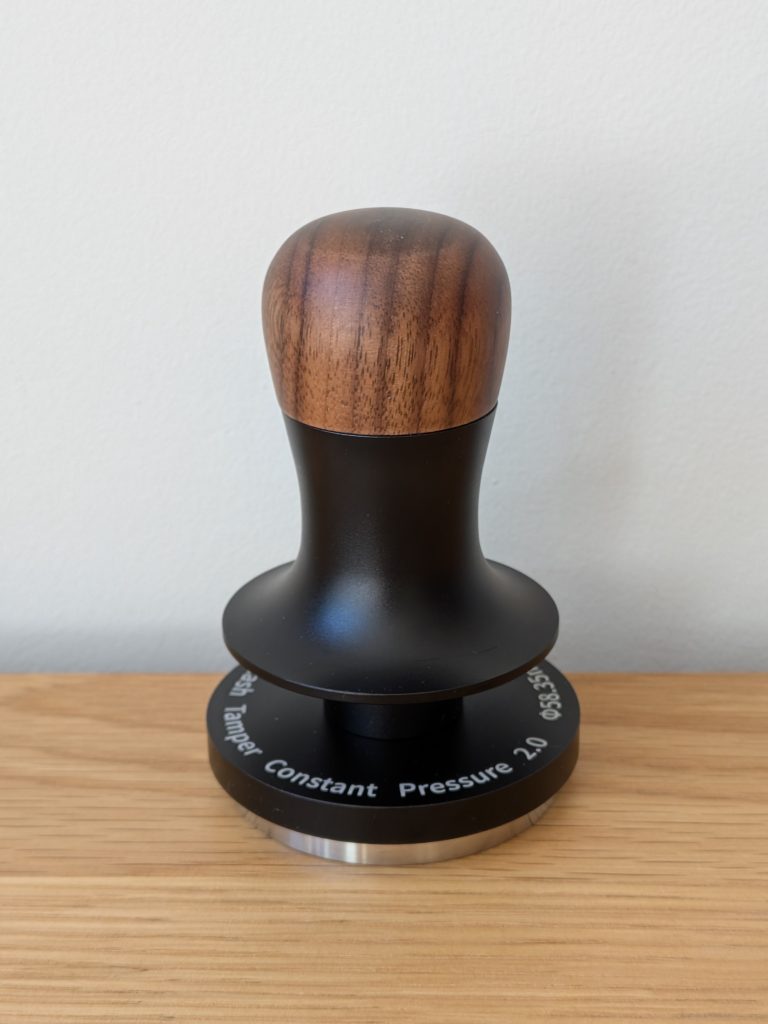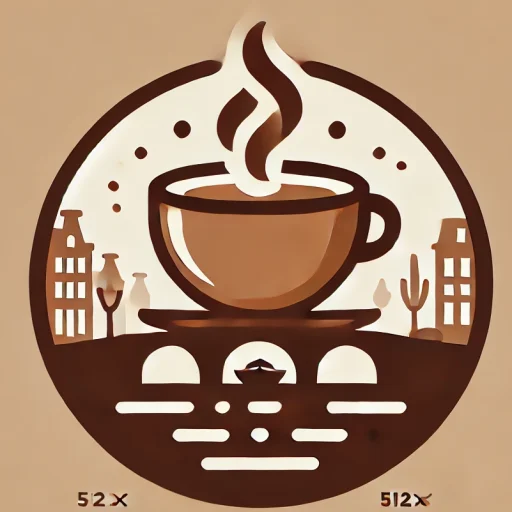Your basket is currently empty!
Espresso Machine
What to Expect from an Espresso Coffee Machine
There’s something magical about crafting a perfect espresso in your own kitchen—especially if you’re a fan of Dutch coffee culture and want to bring a touch of Amsterdam’s specialty scene into your home. Whether you’ve just started exploring local roasters or have been experimenting with your own grinder for a while, having the right espresso machine is one of the most important steps towards a consistently great shot.
Below, we’ll explore the three main parameters you should always look for in an espresso machine—temperature, pressure, and water timing—plus a quick review of my own espresso machine (the Lelit Victoria) and why I found it to be a better fit than the Delonghi Dedica.
The Three Key Parameters
Temperature
Espresso extraction is very sensitive to water temperature. Too low, and your coffee might taste sour and under-extracted; too high, and you risk bitterness. Generally, the sweet spot for espresso is around 94°C (201°F). That’s the temperature that helps bring out the best flavors and aromas in freshly roasted beans.


Pressure
Espresso typically requires 9 bars of consistent pressure. This level of pressure extracts the oils, sugars, and flavors from the coffee grounds within a short timeframe, resulting in a rich, balanced shot with a nice crema on top.
Water Timing
While many machines will let you choose the volume (or volume-based preset), it’s often better to look for a machine that can set or influence extraction time . Ideally, you want a range between 25 to 35 seconds for a classic espresso. If your machine allows you to control how long the water flows, you can fine-tune the shot based on your bean choice, grind size, and taste preferences.

Why These Specs Matter
If you’re shopping for an espresso machine—perhaps to brew some of the best roasts from Amsterdam’s specialty coffee scene—make sure it can reliably reach 94°C (201°F) , maintain 9 bars , and offer a 25-35 second extraction timer. Machines that meet all three criteria give you a strong foundation for pulling café-quality shots at home, allowing you to enjoy the nuances of locally roasted beans.
Why the Delonghi Dedica Didn’t Work for Me
I also tested the Delonghi Dedica , which is quite popular due to its compact size and user-friendly design. While it does maintain a solid 9 bars of pressure and allows for timing adjustments, the temperature fell short during my tests. The water temperature measured at around 80°C (176°F)—much cooler than the recommended 94°C.
For some people, that might not be a deal-breaker, but if you’re aiming for that ideal extraction range, the lower temperature can lead to under-extracted shots that taste sour or weak. Of course, it still produces a passable espresso, but it won’t let you explore the full complexity of specialty beans, especially those carefully roasted by local artisans in Amsterdam.
Final Thoughts
When you’re choosing an espresso machine, focus on temperature, pressure, and extraction time as your top priorities. If you want to get the most out of Amsterdam’s specialty roasters—or any high-quality coffee beans—an espresso machine that hits 94°C (201°F), 9 bars and timing control is essential.
For me, the Lelit Victoria checks all these boxes, and it’s been a game-changer in my coffee routine. If you’re after a machine that can bring out the best in your beans and replicate that authentic coffee-bar experience at home, it’s definitely worth considering.
Remember: the world of coffee is all about experimentation and personal taste. Don’t hesitate to adjust your settings, explore new beans from local Dutch roasters, and make every shot uniquely yours. After all, that’s the joy of the home espresso journey—and a big part of what we celebrate here at Grachten Beans . Enjoy your brew!
